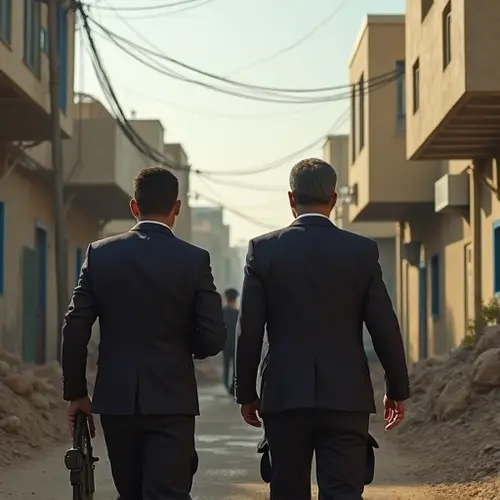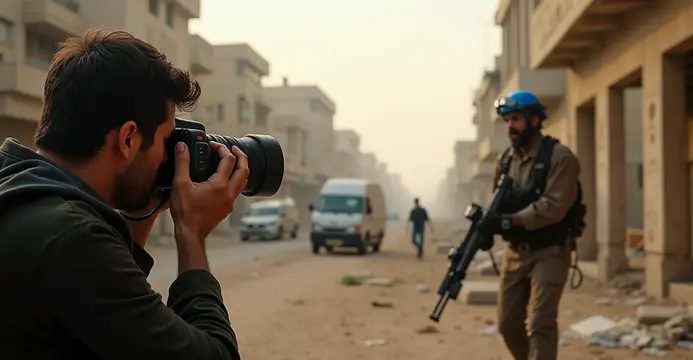
Israel's Occupation Strategy
Israeli Prime Minister Netanyahu has announced plans for full military occupation of northern Gaza, aiming to 'liberate' the territory from Hamas control. This decision comes despite calls from hundreds of former Israeli security officials urging US President Trump to pressure Netanyahu into ending the conflict, claiming Hamas is already defeated.
Hamas Structure and Capabilities
Hamas operates through both military (Qassam Brigades) and political wings. Pre-war estimates suggested 30,000 militants, though current Israeli assessments claim 23,000 remain active. Researcher Omar Dweik from Tilburg University notes difficulties in verifying numbers: "In guerrilla warfare, someone firing bullets then disappearing may not qualify as a fighter."
New Tactical Approach
The organization has shifted to decentralized operations using small cells of 5-10 militants. Swedish terrorism expert Magnus Ranstorp confirms Hamas remains "weakened but undiminished in combativeness," relying on hit-and-run tactics and surviving tunnel networks. New leadership has emerged with Khalil al-Hayya handling political strategy and Izz al-Din al-Haddad commanding military operations.
Weapons Supply Challenges
Despite sealed borders disrupting traditional smuggling routes from Iran and Libya, Hamas repurposes unexploded Israeli ordnance. Dweik explains: "They disassemble and reuse bombs." Pre-war stockpiles and weapons captured during the October 2023 attacks supplement their arsenal.
Occupation Dilemma
Experts question Israel's objective to eliminate Hamas. Dweik argues: "Military defeat is extremely difficult. A new version will always emerge as long as Gaza remains occupied." The core challenge lies in Israel's occupation policy, which fuels recurring resistance.

 Nederlands
Nederlands
 English
English
 French
French
 Deutsch
Deutsch
 Espaniol
Espaniol
 Portugese
Portugese








